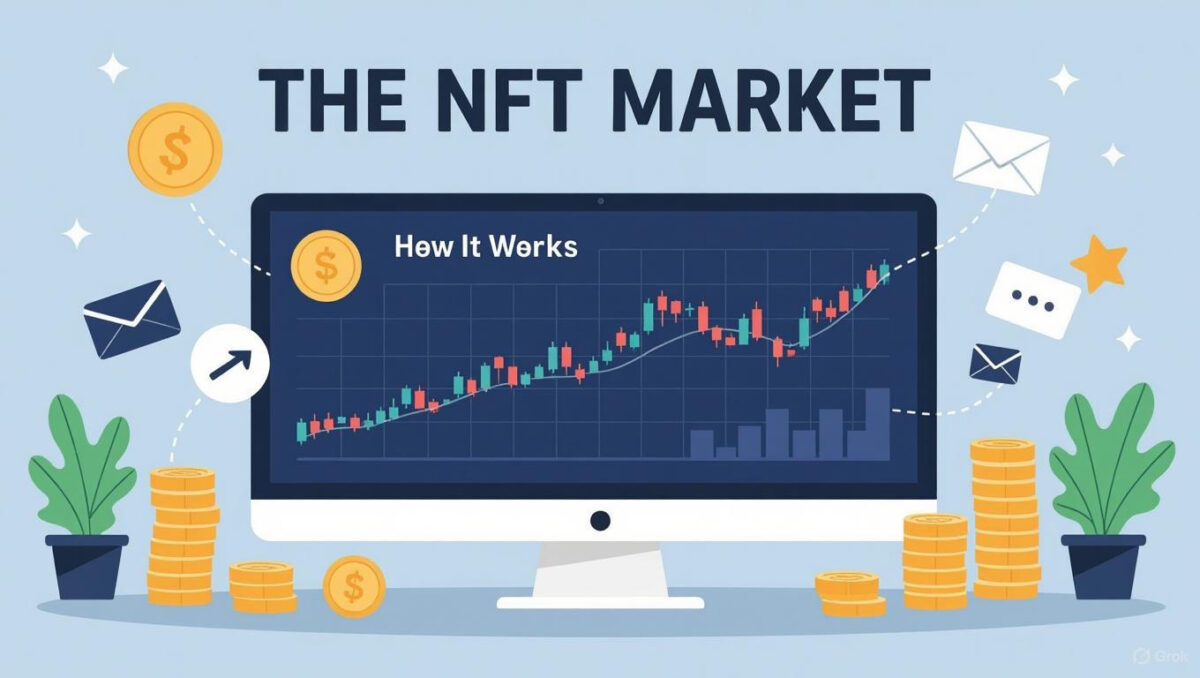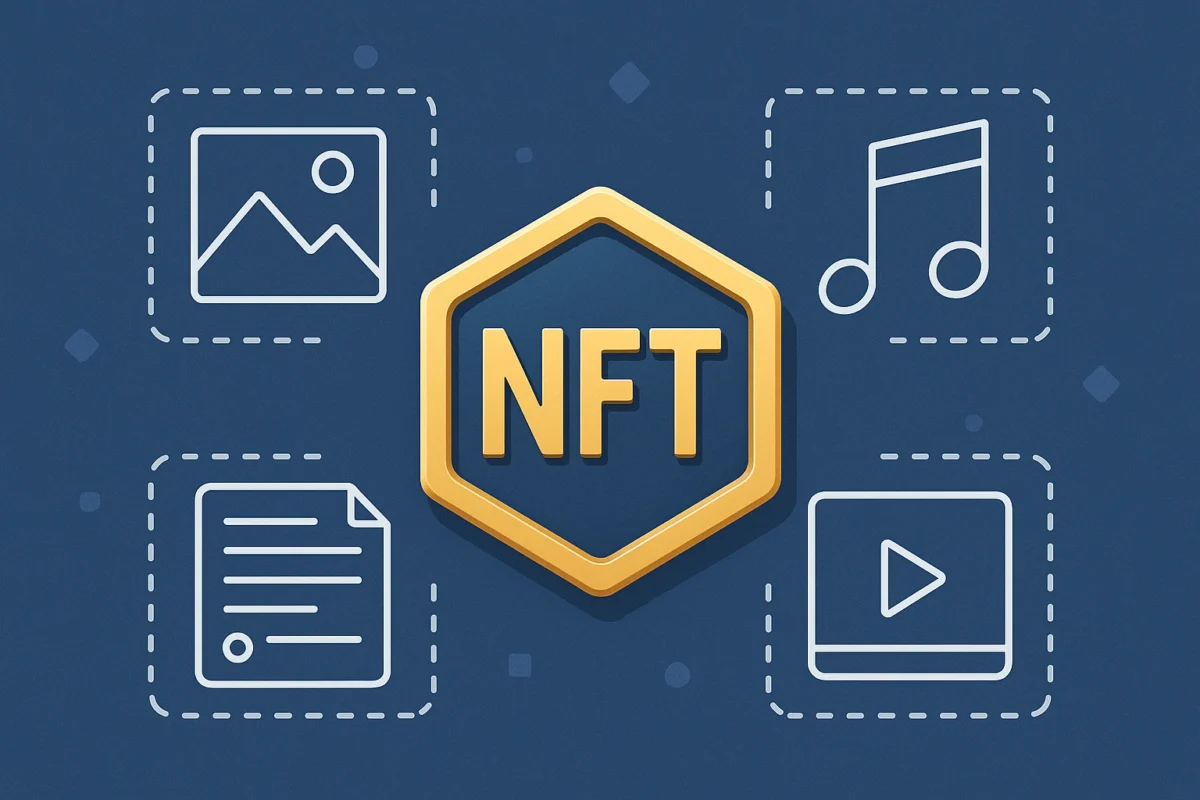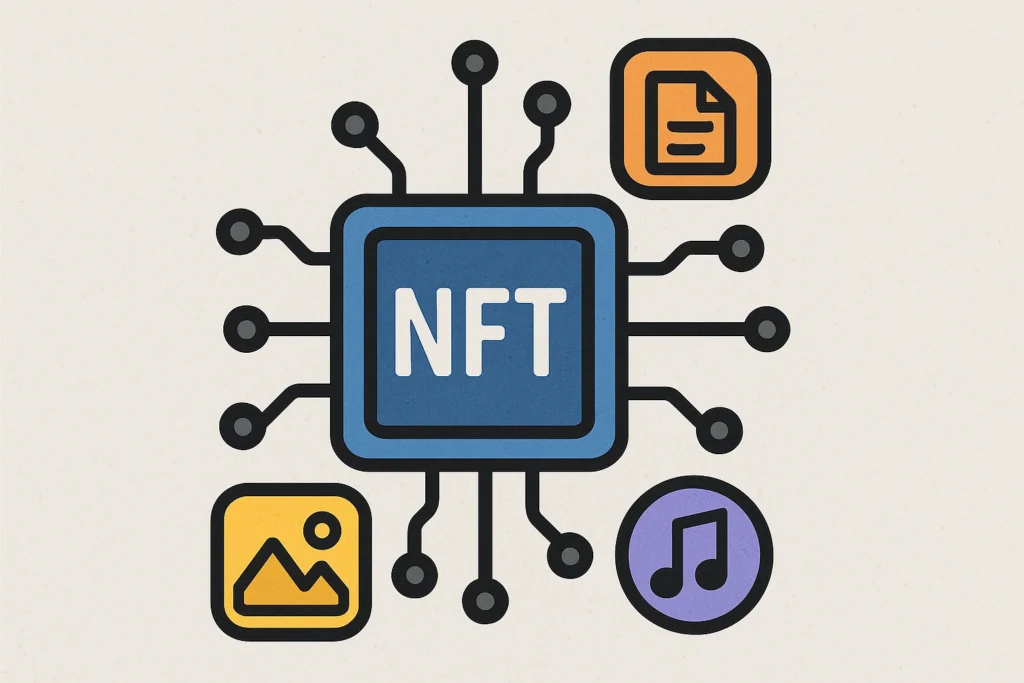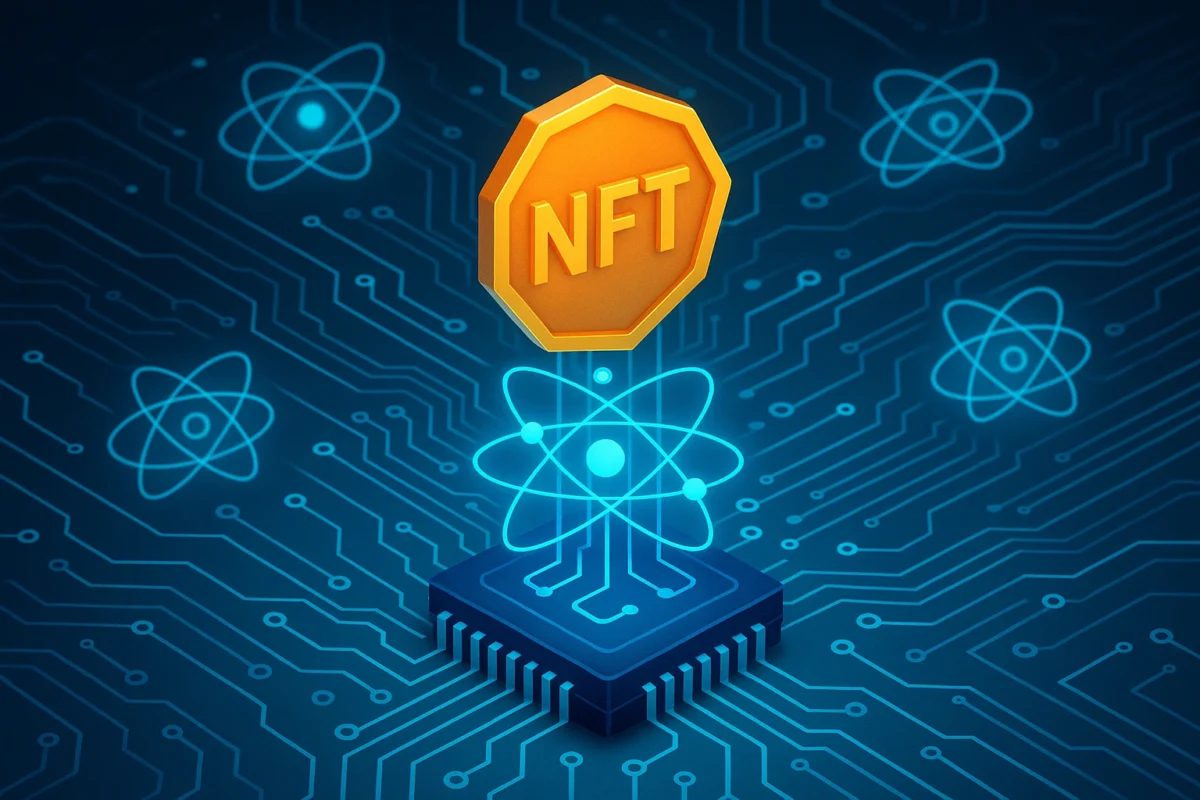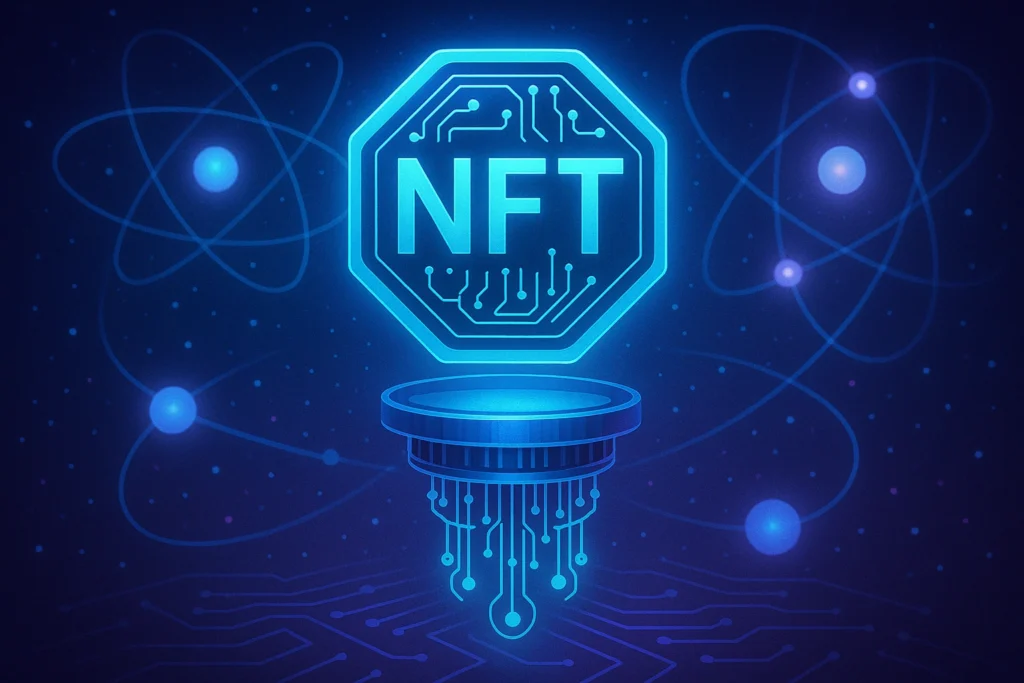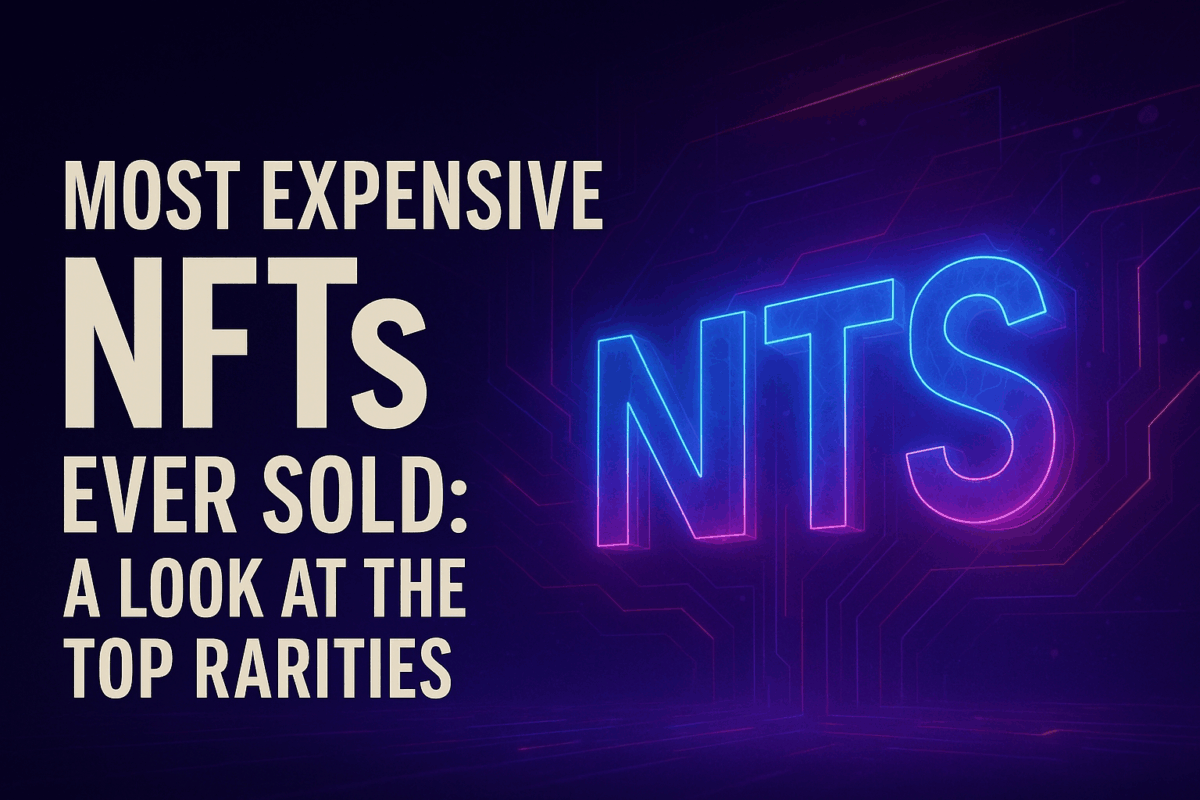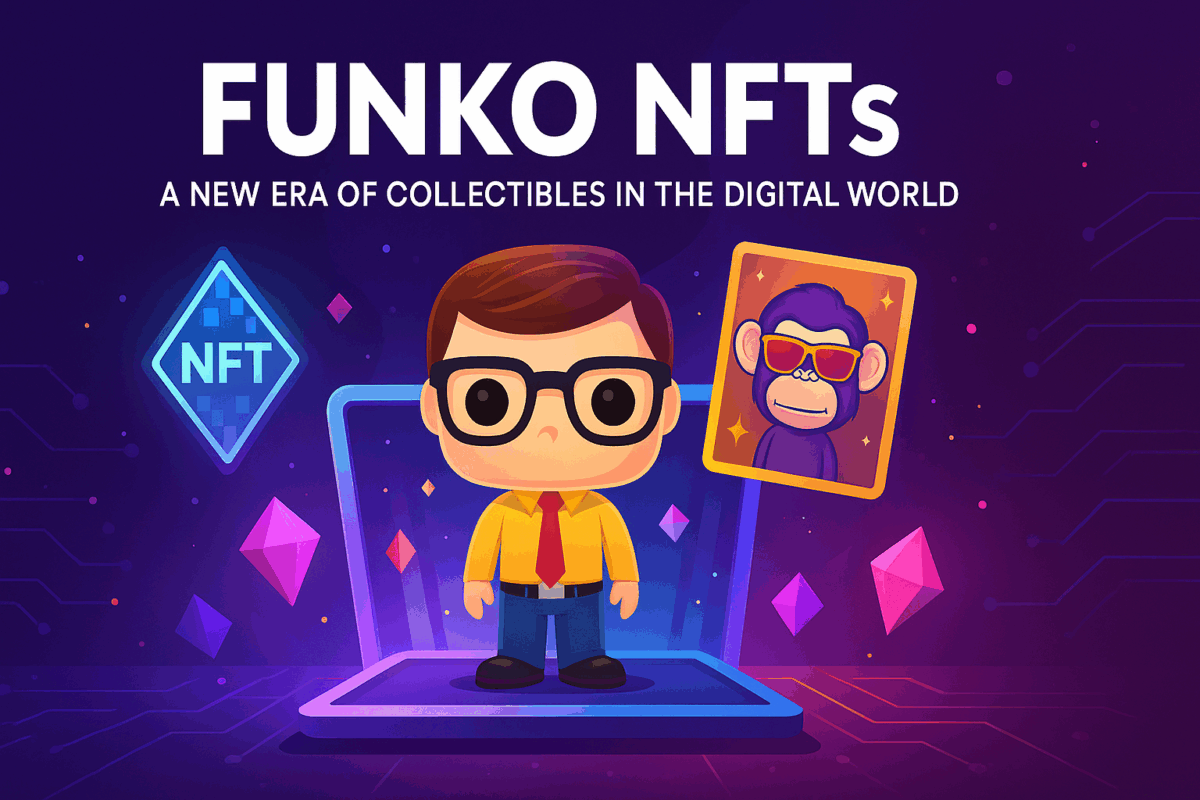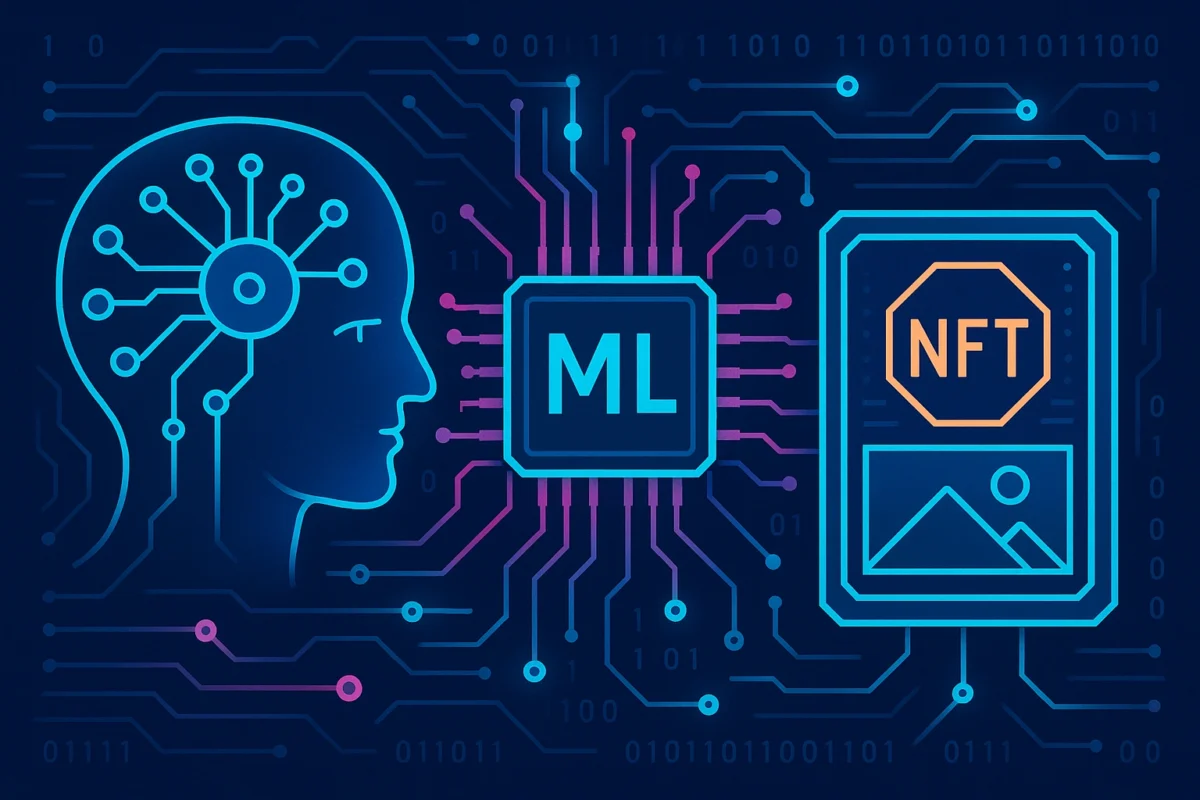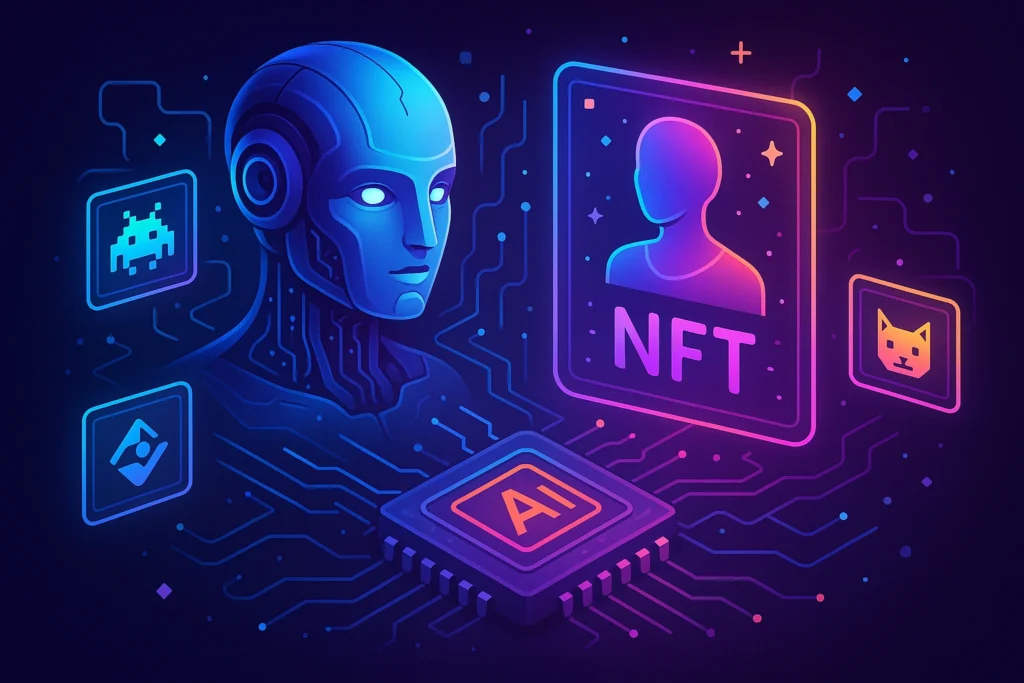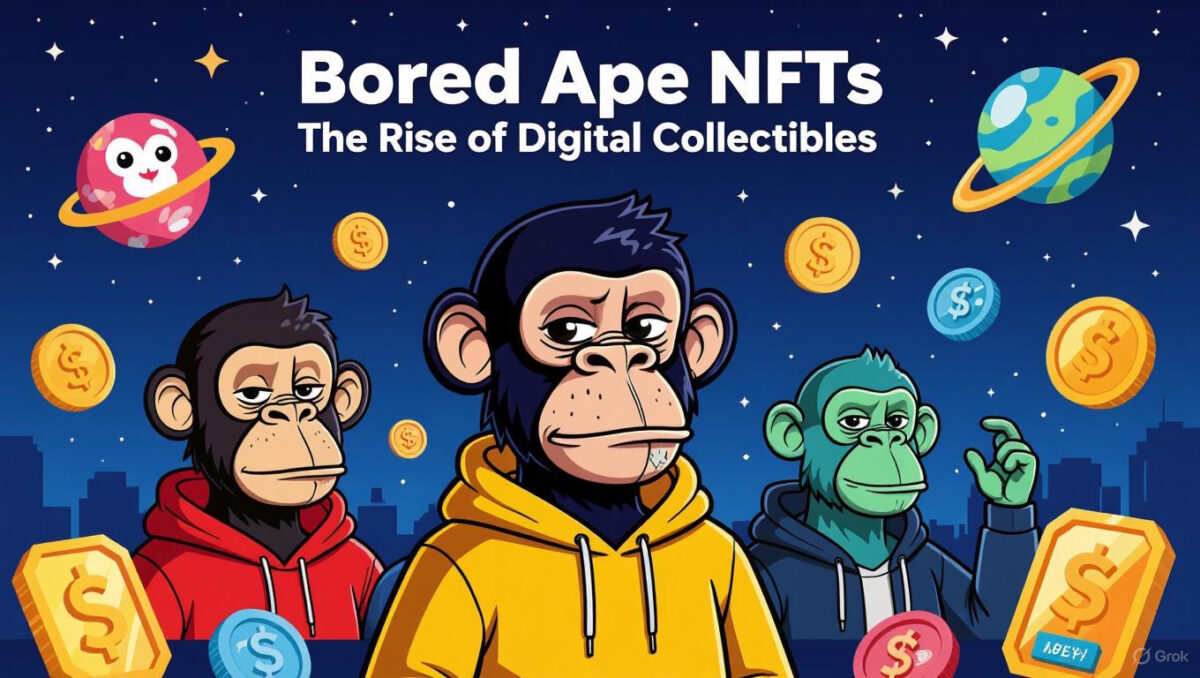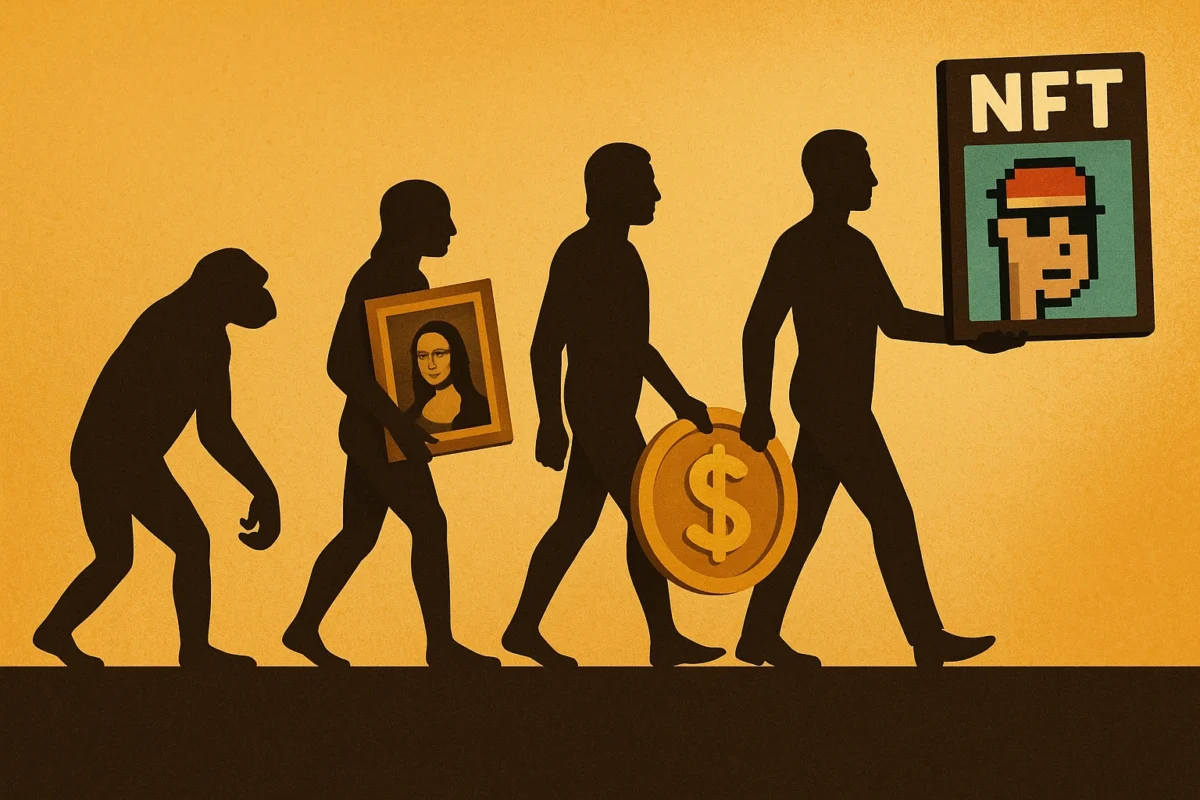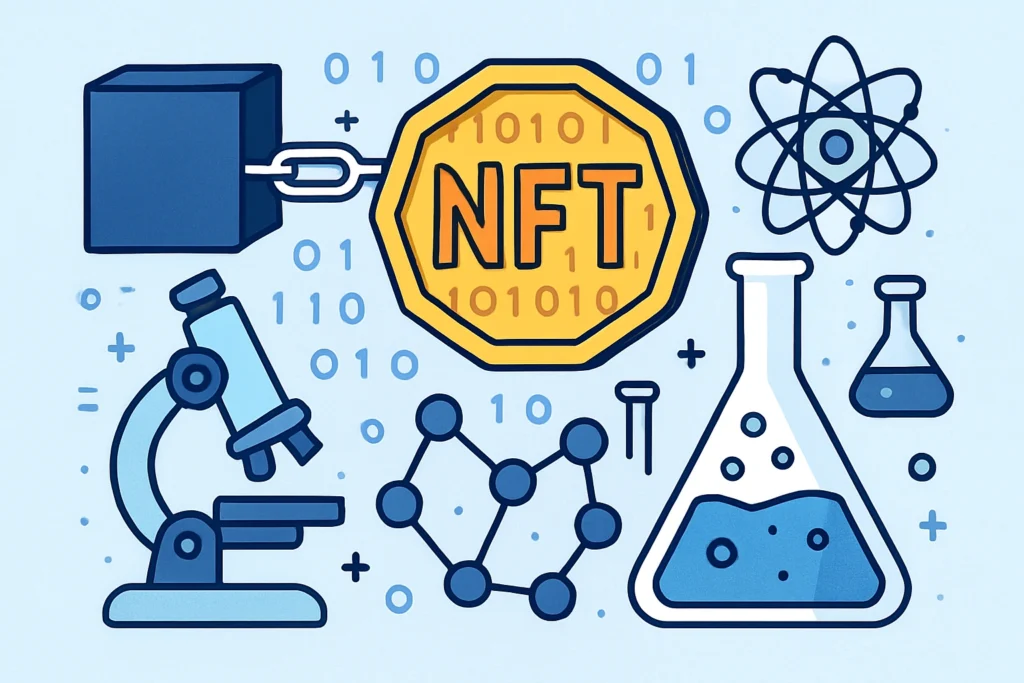How Zero-Knowledge Proofs Are Changing NFT Privacy and Provenance
NFTs have come a long way. They started as simple digital art pieces and quickly grew into complex assets tied to our identity, exclusive memberships, creative rights, and financial tools. But as this ecosystem has exploded, so have serious issues around privacy, verifying authenticity, and tracking an asset’s history (its provenance). The core feature of blockchain which is its public transparency is actually the source of the problem: every transaction is laid bare, ownership trails are impossible to conceal, and proving an NFT is real often forces you to expose private data. This is where Zero-Knowledge Proofs (ZKPs) step in.
This groundbreaking cryptographic technology is changing the game for trust and privacy in the Web3 world. With zero-knowledge systems, you can prove things like ownership, authenticity, or compliance without ever revealing the sensitive data underneath.
When applied to NFTs, we get a new category: zk-NFTs. These enable private transfers, protect the history of an asset, and allow for completely secure verification. In this article, let’s explore how ZKPs are fundamentally reshaping the NFT market, building deeper trust, protecting user privacy, and securing digital ownership for the next era.
What Are Zero-Knowledge Proofs?
A zero-knowledge proof is a cryptographic method that allows one party (the prover) to demonstrate knowledge of certain information to another party (the verifier) without revealing the information itself.
In simple terms:
- You can prove you own an NFT without showing your wallet.
- You can confirm a digital artwork’s authenticity without exposing metadata.
- You can validate provenance without revealing personal identity.
The most common type used in blockchain is zk-SNARKs (Zero-Knowledge Succinct Non-Interactive Argument of Knowledge), which allow fast, private, low-data proofs ideal for large-scale NFT ecosystems.
Why Privacy Matters in NFTs
NFTs are not just JPEGs. They represent:
- Digital identity
- Real-world assets
- Membership tokens
- Gaming inventory
- Investment-grade collectibles
- Sensitive datasets (medical, educational, creative works)
Yet today’s blockchain design makes every transfer, wallet address, and history public forever. This creates multiple risks:
1. Wallet Tracking
Anyone can see who owns what and trace financial behavior.
2. Targeted Exploits
High-value NFT owners become targets for phishing or hacks.
3. Loss of Creative Rights Privacy
Artists cannot privately protect or license digital works without exposing metadata.
4. Compliance vs. Privacy Conflict
Institutions adopting NFTs (ticketing, academic credentials, corporate documents) need ways to hide sensitive identity information.
Zero-knowledge proofs solve all of these issues at once.
Also See: The Future of NFT Standards: Beyond ERC-721 and ERC-1155
How Zero-Knowledge Proofs Enhance NFT Privacy
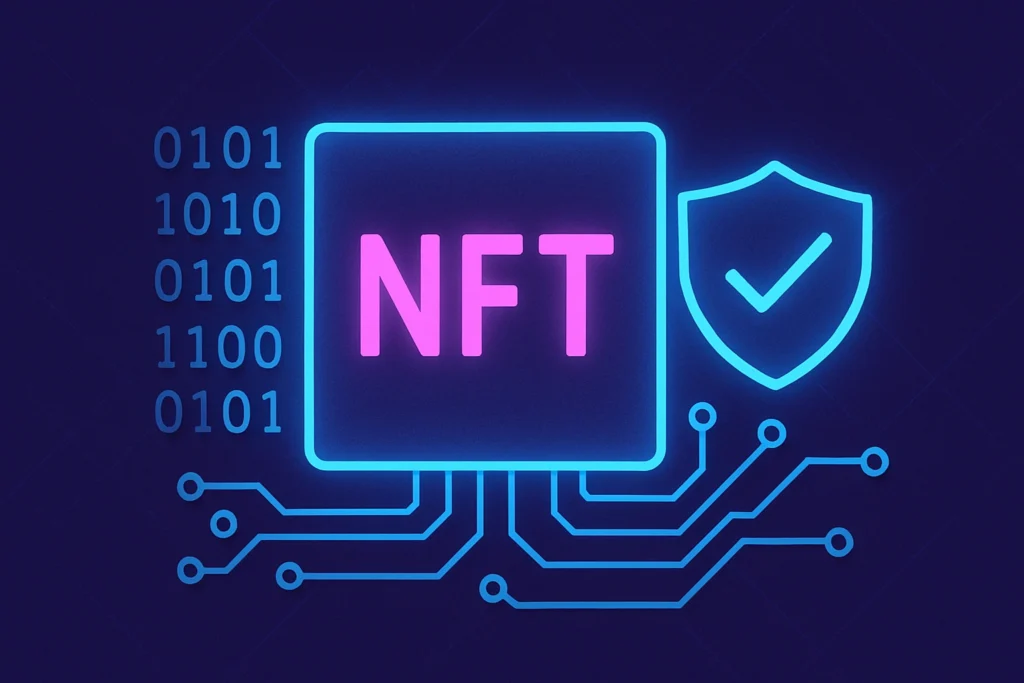
ZKPs bring several privacy layers to NFT assets, reshaping how ownership and authentication work.
1. Private Ownership Verification
With ZKPs, holders can prove ownership without revealing their wallet address or transaction history. For example, you can prove you own a BAYC NFT to access an event without showing your full wallet contents. This is especially useful for:
- High-value collectors
- Corporate NFT users
- Gaming asset holders
- Private membership NFTs
2. Hidden NFT Metadata (zk-NFTs)
Traditional NFTs store metadata openly or link to centralized servers. zk-NFTs encrypt metadata so only the rightful owner can view or prove it. This benefits:
- Digital passports
- Certificates
- Authenticity documents
- Encrypted art
- Tokenized real-world assets
3. Private NFT Transfers
Today, every NFT transfer is visible on-chain. This enables secure marketplaces for sensitive digital assets—like intellectual property or tokenized documents. With ZKPs:
- Transfers can be hidden
- Ownership changes remain verifiable
- Identity stays private
Zero-Knowledge Proofs and NFT Provenance
Provenance is the history of ownership and authenticity which defines the value of many NFTs. But current provenance exposes:
- Wallet identities
- Purchase history
- Pricing
- Transfers
However, ZKPs fix these issues through cryptographic verification. It includes:
1. Verifiable but Private Provenance
Collectors can verify:
- An NFT is original
- It has an unbroken authenticity trail
- It wasn’t modified or forged
Now, all this can be done without seeing previous owners’ identities. This supports use cases where provenance matters but privacy is essential:
- Luxury digital collectibles
- Museum-grade NFTs
- Tokenized physical items
- Digital certificates and diplomas
2. Fraud Prevention With zk-SNARKs
Zero-knowledge proofs allow marketplaces to detect:
- Fake NFTs
- Duplicate mints
- Metadata tampering
- Unauthorized access
The system validates authenticity through mathematical integrity, not trust. This reduces fraud across marketplaces by providing irrefutable, cryptographically sound authenticity checks.
3. Institution-Grade NFT Authentication
ZKPs allow cryptographic authentication suitable for:
- Universities
- Enterprises
- Government agencies
- Ticketing systems
Institutions can issue secure zk-NFTs where:
- Identity stays protected
- Credentials remain private
- Verification is instant
This expands NFTs far beyond art into real-world infrastructure.
How zk-NFTs Work: Technical Breakdown
A zk-NFT uses zero-knowledge proofs to secure metadata and ownership through three layers:
Layer 1: Encrypted Metadata
All sensitive NFT data stays off-chain or encrypted.
Layer 2: Zero-Knowledge Proof Layer
zk-SNARKs confirm authenticity without revealing details.
Layer 3: Privacy-Preserving Verification
Marketplaces verify the NFT’s legitimacy using mathematical proofs.
Why Zero-Knowledge Proofs Are Essential for the Future of NFT Markets

1. Privacy Compliance
Zero-knowledge proofs are becoming a foundational layer for the future of NFT ecosystems because they solve one of blockchain’s biggest weaknesses: the lack of privacy. As regulations like GDPR, HIPAA, and other global data protection laws tighten, NFT platforms must find ways to verify identity and ownership without exposing personal information. ZKPs allow this by offering a privacy-first verification model that still maintains trust and transparency.
2. Secure NFT Authentication at Scale
Another major advantage is the ability to authenticate NFTs at scale without relying on centralized servers or manual checks. Today, many marketplaces still depend on metadata pulled from external storage or centralized APIs. Zero-knowledge systems remove these pain points by generating cryptographic proofs that confirm authenticity instantly.
3. Identity-Protected Ownership
ZKPs also unlock a new era of identity-protected ownership. Users can prove they own an NFT without revealing their wallet details, past transactions, or linked assets. This is particularly important for digital identity tokens, PFP assets, high-value collectibles, gaming items, and private membership passes.
4. Enhanced Market Trust
Trust is another area where ZKPs elevate the NFT experience. Buyers can verify that an NFT is legitimate through mathematical proofs rather than relying on the reputation of creators or marketplaces. This significantly reduces the risk of counterfeit NFTs and metadata manipulation.
5. Unlocking Enterprise NFT Adoption
Finally, zero-knowledge proofs make NFTs usable for enterprise-grade applications. Companies can tokenize supply chain markers, legal documents, event tickets, certificates, and access tokens while keeping internal or personal details private. They gain the benefits of blockchain transparency without sacrificing confidentiality.
The Future: Fully Private NFT Ecosystems
Zero-knowledge proofs will unlock the next phase of NFT evolution:
privacy-first, authentication-secured, mathematically verified digital assets.
The future includes:
- zk-powered NFT marketplaces
- Private auctions
- Anonymous gaming assets
- Institution-level provenance tracking
- NFT wallets with built-in ZKP verification
As ZKP technology matures, privacy will become a standard—not an add-on.
Conclusion
Zero-knowledge proofs represent the most important upgrade in NFT history. They resolve the core weaknesses of current systems like privacy leaks, authentication challenges, and provenance risks while unlocking new possibilities for trust and adoption.
By enabling zk-NFTs, cryptographic provenance, private ownership verification, and institution-grade authentication, ZKPs are redefining what NFTs can be.
FAQ: Zero-Knowledge Proofs
1. What makes zero-knowledge proofs important for NFT privacy?
Zero-knowledge proofs allow you to verify ownership or authenticity without revealing personal data, wallet balances, or transaction history. This means collectors can stay anonymous while still proving their NFT is legitimate.
2. How do ZKPs help prevent NFT fraud?
ZKPs generate mathematical proofs that confirm metadata, creator signatures, or asset links without relying on centralized servers. This makes it harder for scammers to clone NFTs or manipulate metadata because authenticity is verified cryptographically.
3. What is a zk-NFT?
A zk-NFT is a digital asset that uses zero-knowledge cryptography to hide sensitive metadata or ownership information while still proving authenticity. These NFTs are ideal for private memberships, identity tokens, and high-value collectibles.
4. Can marketplaces verify NFTs faster with ZKPs?
Yes. ZKPs speed up verification by removing manual checks and off-chain queries. Proofs confirm authenticity instantly, making marketplaces more efficient and resilient.
5. Do ZKPs affect the transparency of blockchain?
No. Blockchains remain transparent about what matters, which is the proof itself while sensitive information stays hidden. ZKPs balance privacy with verifiability instead of choosing one over the other.

